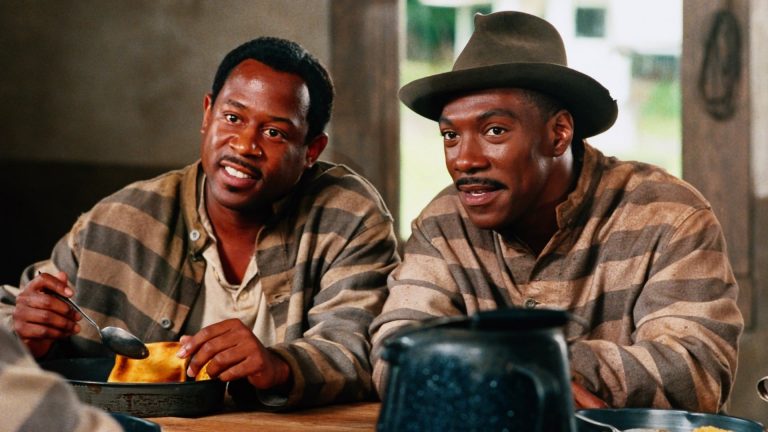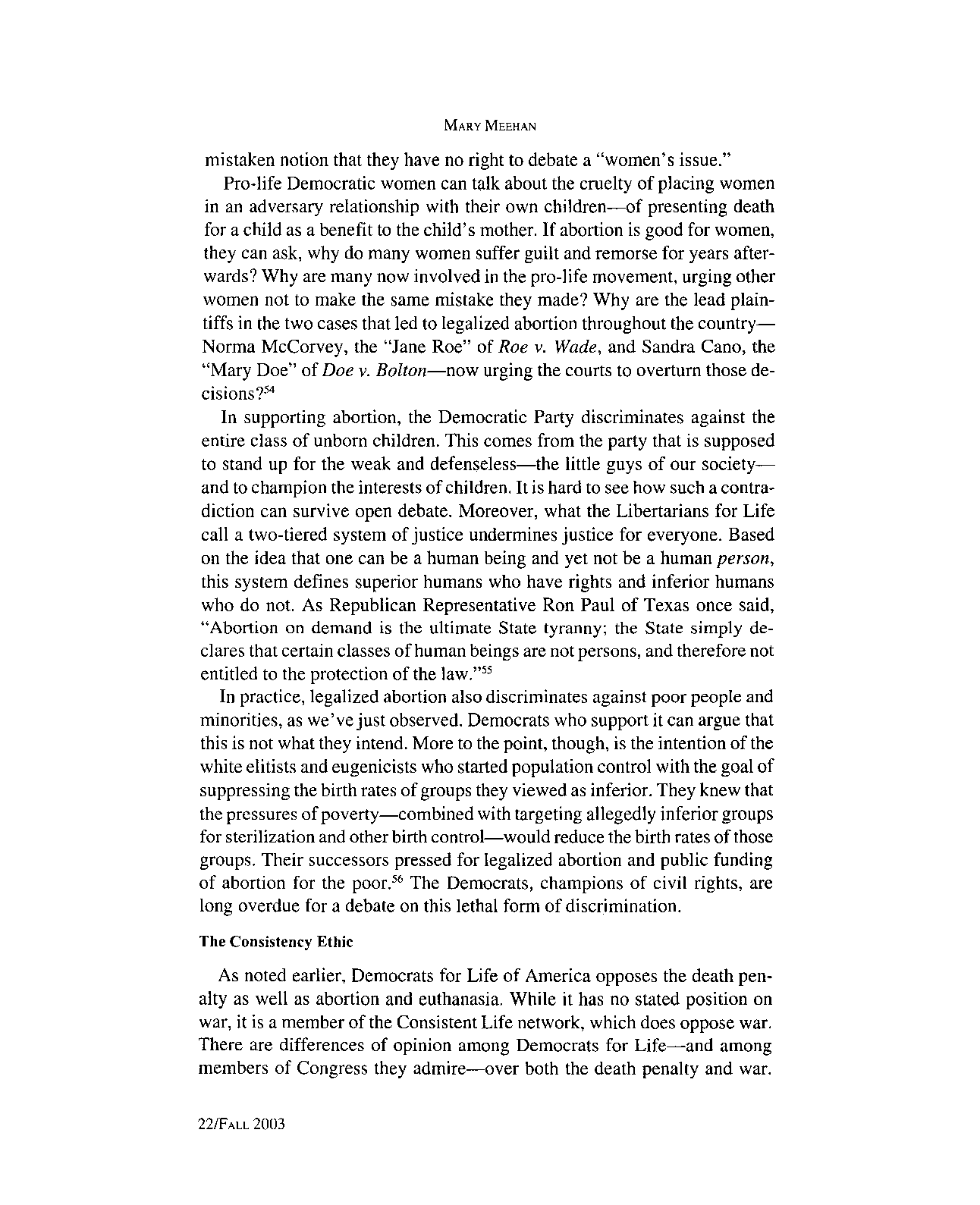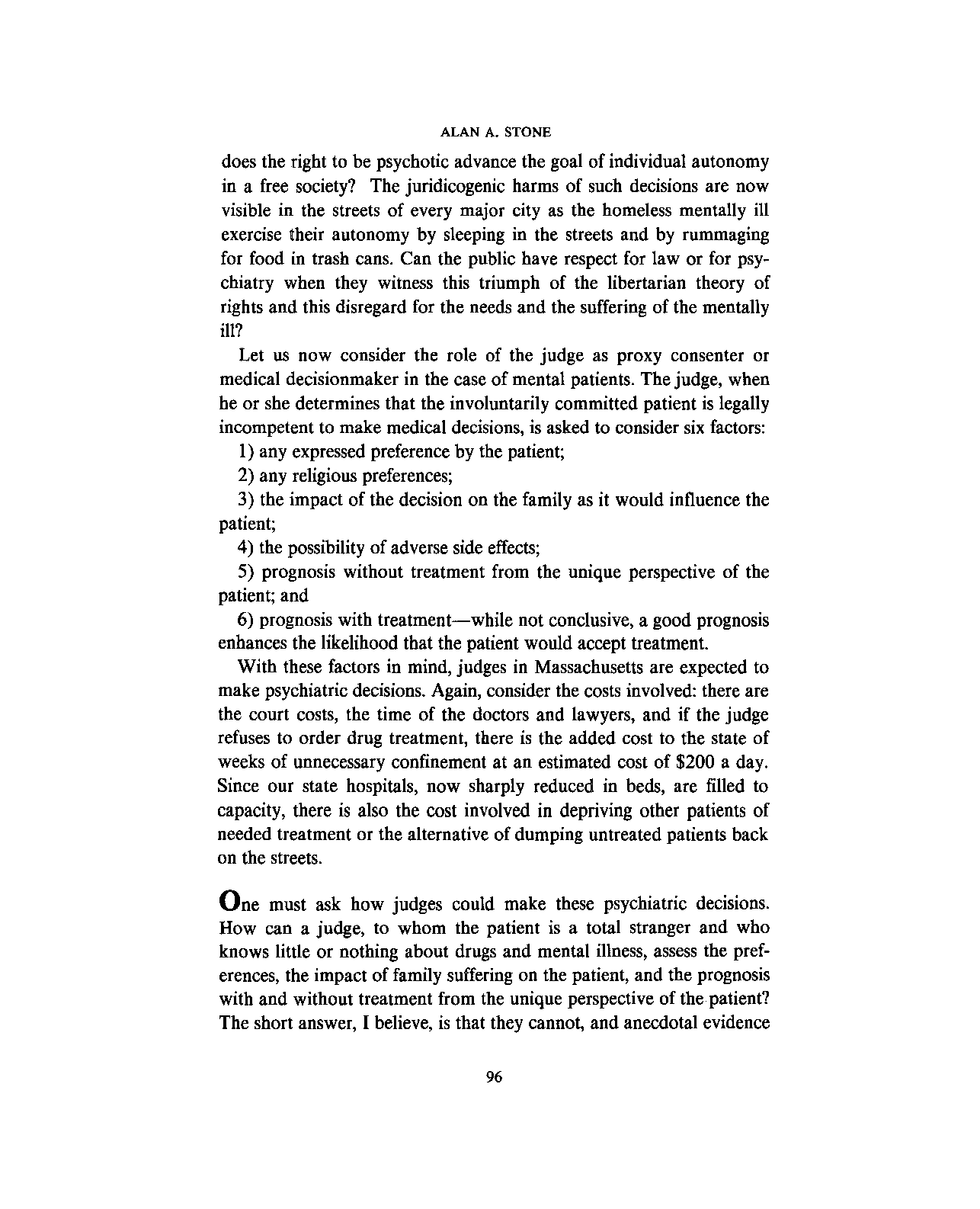
The “psychological” conditions involved include states of consciousness, emotions, and conative as well as cognitive conditions (such as self-consciousness).

These issues and considerations presume that lives are self-conscious.Ī life as we live it embraces a procession of activities performed and “psychological” conditions expressed by an active body (see Schatzki, 1996). It poses the types of issues, and brooks the sort of considerations, that the social disciplines raise about life trajectories. Life thus understood is familiar to all of us. When a person understands that she is alive, the questions that make up the title of Gauguin’s famous 1897–1898 painting-e.g., Where do we Come From? Where are we Going?-become and remain meaningful, at least until death or the loss of one’s faculties. The more complex sort of trajectory it possesses in comparison to a basic life of continual sensory mobility lies less in a person’s directed passage through a cognized world-a sort of existence shared with other organisms-than in, among other things, a life always embracing a significative arc stretching from past to future (see section “ The Trajectories of a Life”).

Such a life might be unique to humans it might also be shared with higher mammals such as dolphins, bonobos, and elephants (not to mention aliens).

There, it becomes a life of self-conscious action, where to be self-conscious is to be aware that one is alive. This sensory-movement continuum assumes a richer form with a more complex trajectory in the vast majority of human lives. It instead picks out something stretching from beginning to death that is common to many living beings. It does not apply, for instance, to an utterly comatose person, who is alive biologically. This characterization brackets the properties typically treated as definitive of biological life.
#Life 1999 analysis series#
A life embraces a continuing series of sensory-or just detectional-events in, and movements carried out by, a functioning organism. I begin with a feature of a life that emphasizes commonality with other species. The ancient Greek bios, which is a human affair embracing, among other things, biography and way of being, captures the idea. But a human life is a refined version of something that is biological and shared with members of other species. Human lives are biological and, like lives generally, stretch from beginning to death. But the notion assumes special meaning in relation to humans, or better, people, in part because we seem to bear an unusually complex relationship to death. The notion applies to creatures more diverse than humans, thus ensuring some continuity with the biological phenomenon. the ancient Greek zoe, which designates something opposed to death).

A life is something that stretches from beginning to death (cf.
#Life 1999 analysis full#
Although the concept of life must retain its biological dimensions, it must also offer something to the flights of poetry and philosophy.ĭistinguishing the notion of “a life” from the notion of life full stop points in a salutary direction. Life, however, is too important to be left to the biologists. In this discipline, life entails such properties as reproduction, metabolism, growth, and self-organization. Life used to be a, if not the, premier concept in biology: for decades, biology was defined as the study of living organisms. The word “life” points toward a tangled conceptual field.


 0 kommentar(er)
0 kommentar(er)
